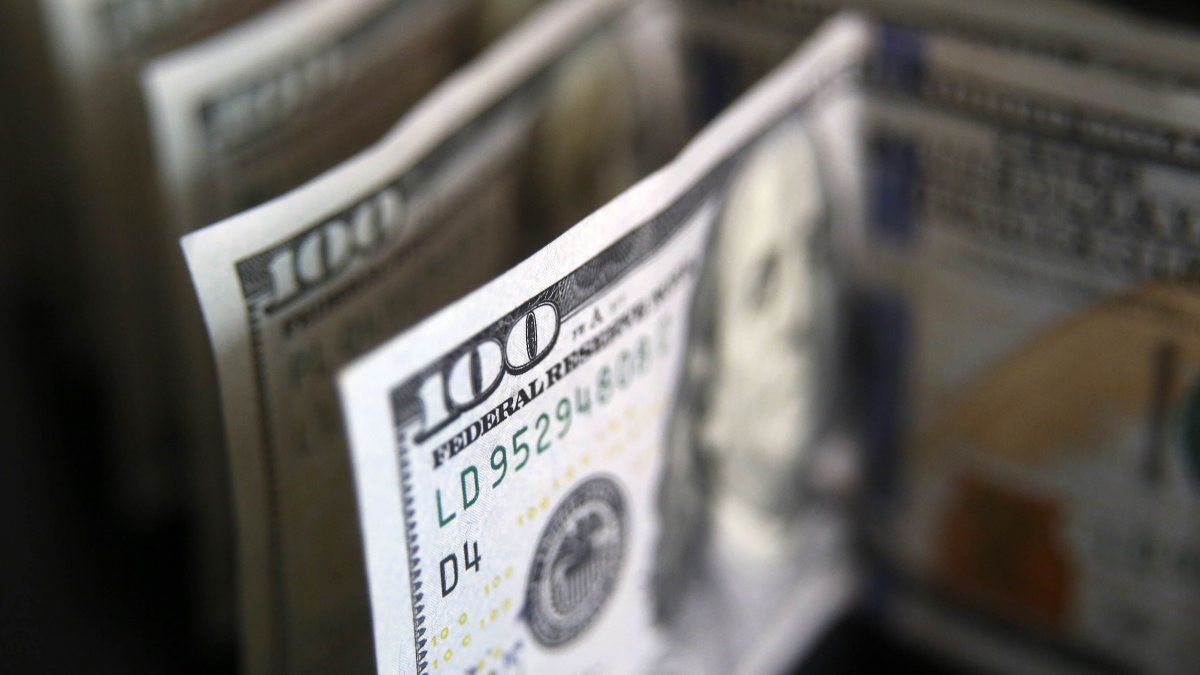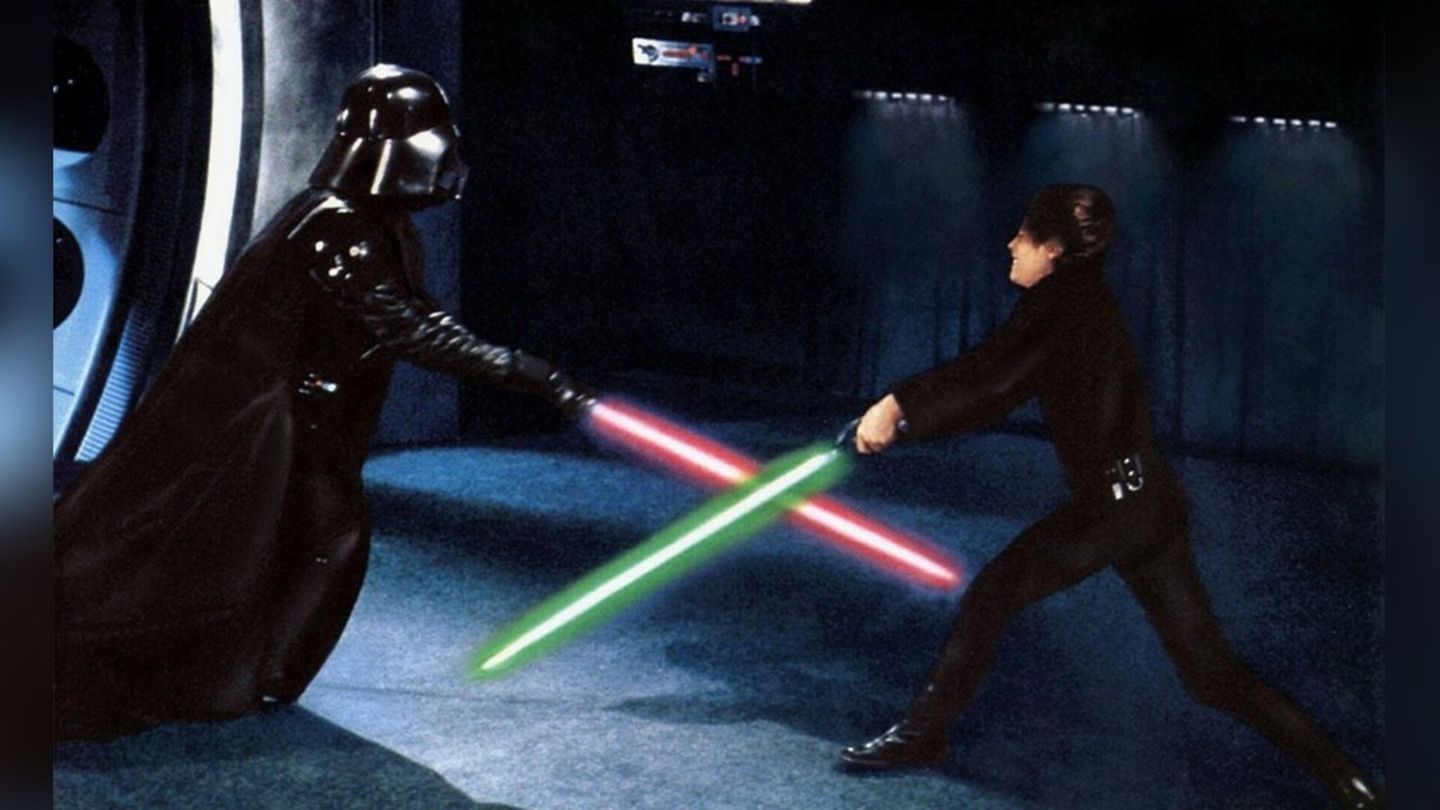The situation of the Central Bank of the Argentine Republic with respect to Bookings it is extremely delicate. As of August 31, gross reserves are US$36.7 billion, exactly US$10 billion less than a year ago. The level of reserves that the BCRA has is the minimum level that it should have in order to function, and below said value the problems would begin to escalate exponentially.
If we compare the current level of gross reserves with the Central Bank’s monetary liabilities, we arrive at a dollar balance of $310. This reference value tells us the price at which, sooner or later, the alternative dollars could tend.
After the bullish rally that these dollars went through during July, which came to trade between $315 and $326, they seem to have found calm during August. The MEP dollar is trading around $285 and the CCL at $295. The informal dollar is also falling, it began the month of September trading around $290, depending on the market. According to these prices and the equilibrium dollar, today the alternative dollars would be at a low price, becoming a good purchase option. We believe that sooner rather than later, they could cross the $300 barrier again.
In the next few days, Sergio Massa and his team will travel to the United States to meet with representatives of the International Monetary Fund to, once again, review the goals that the country must meet in the short term. Currently, the most difficult goal for Argentina to achieve is that of strengthening its reserves. For its part, with the spending adjustments that the new economy minister began to apply, the fiscal deficit goal seems to be attainable when, a short time ago, it was also believed to be unattainable.
Another interesting question is what can happen to inflation in the coming months?. Although we will know the official data on September 14, when the INDEC publishes it, several private consultants estimate it at around 6.5% at least, above what the projections were at the beginning of the month, after the maximum peak of 7.4% reached during the month of July. On the other hand, September arrives with increases, for example, the removal of subsidies in public service rates will begin to take effect, a situation that will inevitably impact the inflation rate for next month.
With regard to the official dollar, the government has made the decision for a long time to modify the official exchange rate at a rate lower than inflation. This generated a strong foreign exchange delay and, in part, it was what led us to the situation of a trade balance deficit and a shortage of dollars, because those who have to export do not want to do so due to the expectation of a devaluation jump; on the contrary, those who matter rush to do so for precisely the same reason.
Currently the rumors are that, sooner or later, and as much as the government does not want, they will be forced to face a strong devaluation. The market takes it for granted that this is going to happen, the unknown is when it will happen, how it will be able to implement it and how it will go through it.
In August, the official wholesale dollar ended at $138.73. This meant a variation of 5.7% compared to the previous month and 41.9% compared to the previous year, when inflation is projected at 6.5% for the month and 77.7% for the year.
To project the price of the official wholesale dollar at the end of the year, we could propose 2 scenarios, one in which the devaluation is equal to the monthly inflation rate and another in which the devaluation advances at a higher rate.
Clipboard01.jpg
According to these self-made projections, the official wholesale dollar could fluctuate between $175 and $195, unless the government continues with the exchange rate delay policy, which the market takes for granted.
If the exchange rate gaps continue at 100.0%, at the end of the year and based on the dollar of the second scenario, the MEP would trade $402, the CCL $415 and the blue $410 approximately.
Until now we have been recommending the fixed term adjusted for inflation over any other instrument. If the first scenario were fulfilled, between August and December, in which the official dollar would grow 26.2%, which would be equivalent to an average variation of 6.5%, the instruments adjusted by CER and those adjusted by the linked dollar or even the purchase of a dollar bill, they would come out tied, returning practically the same profitability.
On the contrary, if the second scenario were fulfilled, the evolution of the dollar would beat inflation, so we would turn much more to instruments that adjust according to the evolution of the dollar, as well as to hoard dollar bills.
Source: Ambito
David William is a talented author who has made a name for himself in the world of writing. He is a professional author who writes on a wide range of topics, from general interest to opinion news. David is currently working as a writer at 24 hours worlds where he brings his unique perspective and in-depth research to his articles, making them both informative and engaging.




